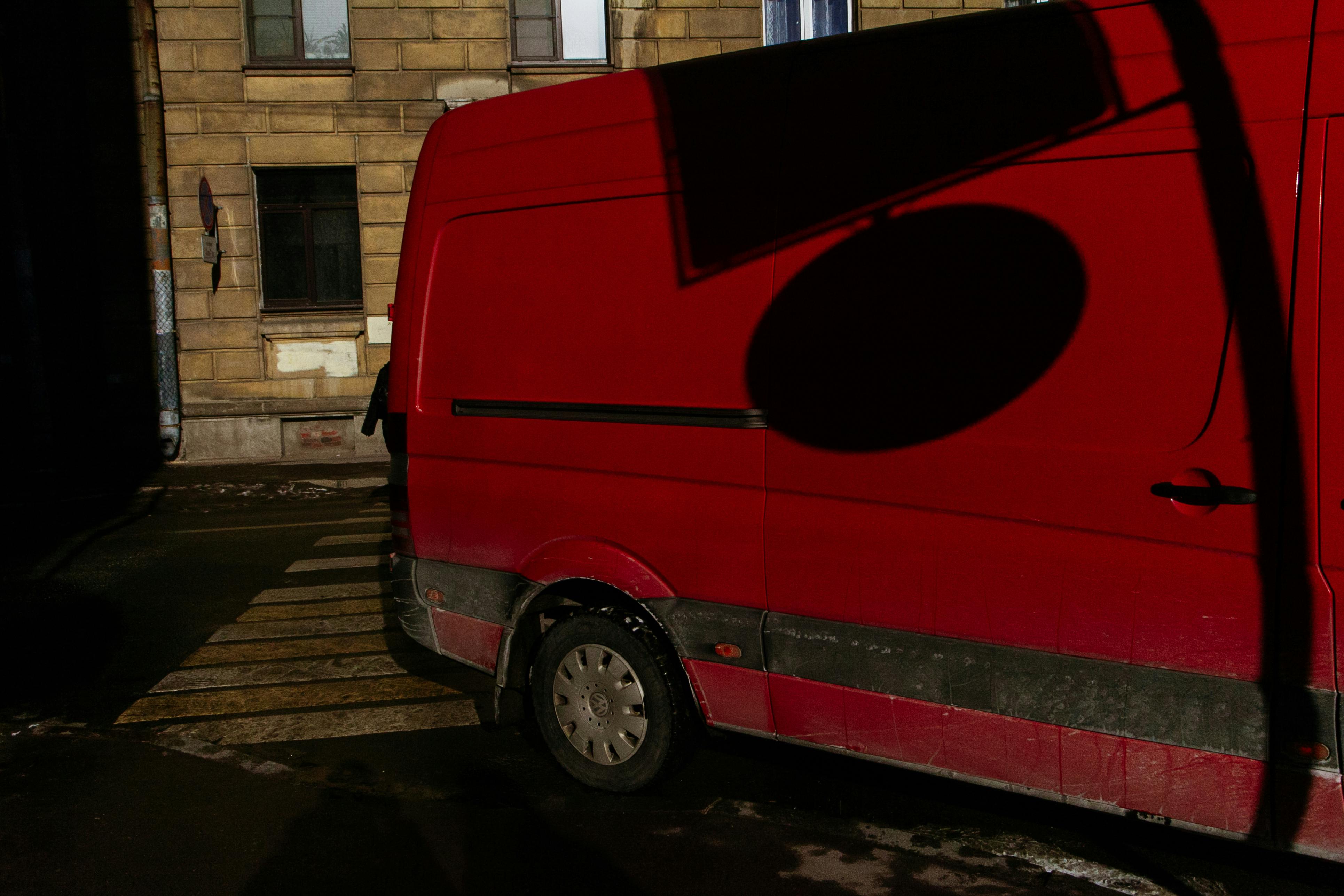No matter which side of the global warming debate you’re on, this article will help anyone who wants to save money. By making simple changes in our lives and thinking about particular habits and routines we have, we can all take simple steps to improve the quality of our lives, live a greener life, and save money by going green.
Most blogs that discuss saving money and the environment will include tips like walking or biking instead of driving, trying public transportation and carpooling, and thinking about using an alternative fuel vehicle. Unfortunately, these are not an option for everyone. However, there are many different things we can do to become part of the national “going green” movement.
Simple actions to save you money and save the planet:
- Replace regular light bulbs with compact fluorescent light bulbs. If every home in the United States replaced just 1 everyday light bulb with a fluorescent light, we would save enough energy to light over 3 million homes for a year. This is one of the easiest changes to make to save money and help save the earth.
- Extend the life of your battery. It’s best to buy rechargeable batteries, but if that’s not an option, here are some tricks to increase the life of a battery. 1. Do not replace all 4 batteries. When your device stops working, it may be because only one battery died. Try to buy the self-diagnostic batteries and check each one, only replace the depleted batteries. 2. Keep your batteries in the refrigerator to make them last longer. 3. Believe it or not, your laptop shouldn’t be on your lap. Placing a laptop on a soft surface restricts airflow and heats up the battery. To prolong battery life, spend $5 to $20 on a “cooling pad.”
- Get a Home Energy Audit – Check to see if your utility company offers a free home utility audit to help you find air leaks, poor insulation, and determine your home’s energy efficiency.
- As of your home energy audit, you will likely be instructed to seal and insulate your home. You can hire a contractor, or for the more adventurous, try a “Do It Yourself Guide.” This may cost you some money up front, but it will definitely save you money in the long run.
- Keep your water heater warm by wrapping it in an insulating blanket. According to the US Department of Energy, adding insulation to your water heater can reduce heat loss by 25-45%, saving you 4-9% on home heating costs. Water. You can buy them at any home improvement store for about $20.
- Isolate your car battery. Check if your car battery is properly insulated, if not, buy a plastic insulated battery blanket for $10 to $30.
- Charge your batteries with solar energy. Pay a one-time fee of $80 to $200, then charge your batteries for free for years and save money.
- Unplug electrical appliances you don’t use and save money on your electricity bill. This is easier said than done. Start by unplugging your cell phone and iPod chargers. Also buy a power strip that allows you to turn it on and off easily.
- Turn off the lights and go green! This may seem like a no-brainer, but it’s amazing how many people keep their lights on, TVs, and computers running. Turning them off will not only save money on your electricity bill, it will also contribute to our efforts to save the earth.
- Keep your thermostat between 68 and 78 degrees Fahrenheit. Use blankets, open windows, and remove layers of clothing. For most of us, this is easier said than done. Remember to turn off the thermostat when you go to work and when you go to bed. If you forget, get a programmable thermostat. This can save a considerable amount of money on your heating bill. Important data to keep in mind: First, it doesn’t require more energy to reheat your home than it does to keep it at the same temperature. Second, increasing the temperature doesn’t make the house warm faster, it just makes the heater stay on longer after it’s turned off.
- Stop using store catalogs and buy online. Most of the time you save money online anyway.
- Stop receiving spam. Millions of trees are lost each year to spam alone. You can try removing your name from spam sources or take a little time and write on every spam you receive, “Return to Sender”. You don’t have to pay postage and eventually you will stop receiving mail from them.
- Print less often. Write the instructions on small notepads, do not print emails. If you need to print, there are free software programs that allow you to edit web pages to print only the content you need.
- Ways to save water: 1. Take shorter showers 2. Turn off the water while shaving or brushing your teeth 3. Fix all leaking toilets and faucets right away. A leaky tarp can waste up to 200 gallons of water per day, a leaky faucet slightly less. 4. Be smart about watering your lawn and garden. Only water when needed, early morning is best. 5. A water-saving, energy-efficient dishwasher, used with the right dish soap, can save water, energy, and money.
- Go out to eat less. Restaurants use more energy to produce their food.
- When you stay in a hotel, practice what you do at home. Turn off the lights and television when you leave, do not waste water, turn off the air conditioning when you leave the room. Reuse your towels and use your own toiletries. Hotel toiletries are cheap and always overly packaged.
- Conserve and use less and transition to “living green.” Use less shampoo, cleaning detergent, soap, toothpaste, and paper products. It’s amazing how much conservation saves money and how beneficial it is in our fight to save the planet.
- Buy used: Look for classified ads and newspapers online. You can find furniture, appliances, cars and many other things in good condition.
- These next two items are the easiest and fastest way to start “going green” and living more environmentally friendly. Spend a little money on reusable shopping bags ($1 to $5). My favorite is the Chico Bag which clips onto your bag or keys and is therefore hard to forget. Use them at the grocery store, the mall, or anywhere else you need to pick up a few items. Not only does this save plastic, but it also raises public awareness of the living green movement.
- Avoid the use of plastic water bottles. Instead, buy reusable aluminum or stainless steel bottles at any Target or Sports store. This really helps in the effort to save our planet, but it is also beneficial for our health.
- If you have to use single-use plastic water bottles, fill a few bottles (not completely full) and put them in the freezer. This increases the energy efficiency of your freezer by allowing it to run less and you can use the frozen water bottles when you need an ice pack. When they melt, it becomes a wonderfully cold drink.
- Save what you have left. You can keep bread bags, butter containers, and other packages that you can use to store leftover food. Buy cheap labels at the dollar store and label everything.
- When possible, avoid using disposable plates, cups, and utensils. These cost a lot of money and take up a lot of space in our landfills.
- Use non-disposable cloth diapers. It’s not as difficult or inconvenient as most parents think it is. There are many excellent articles on the cloth vs disposable debate.
More difficult steps to “going green”. Spend a little time and money in the short term, save money and/or save the planet in the long term.
- Composting your food and yard trimmings decreases the amount of garbage sent to landfills and also reduces the amount of pollution in the atmosphere.
- Efficient landscaping: This can save money, save energy, and save the earth.
- Install solar panels. Solar energy is rapidly becoming more affordable and efficient, and many states now have tax incentives.
- To help motivate you toward “green” and environmentally friendly living, check out the US Department of Energy for home improvement tax rebates and incentives.
- Last but not least, PLANT A TREE. A tree, throughout its life, will absorb more than a ton of carbon dioxide and put healthy oxygen into the air.
Unfortunately, there are many people who believe that the problem is too big for one person to make a difference. But that is simply not true. Every time you choose to recycle instead of throwing it away, or walk to the store instead of driving, or spend a little extra money on organic and green products, you alone are making a difference. And if 100,000 people would just make simple changes to their daily routine, our efforts will significantly improve our chance of saving the earth and saving the planet. For more detailed information, links and resources to start living a greener life, visit GreenGardenEcology [http://www.GreenGardenEcology.com](Article: Save Money).



